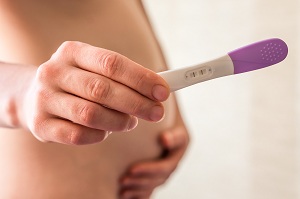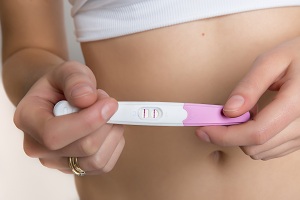The pre-term birth is today the leading cause of neonatal mortality and morbidity in Italy. Only in our country affects about 8% of pregnancies. Given the danger of the condition, the Italian College of Fetal Maternal Medicine team created a prenatal test to predict the risk.
The general manager Claudio Giorlandino explains that in most cases there are predisposing conditions. Some of these are twin pregnancies, high maternal age, current infections, the presence of uterine malformations. In half of the cases, however, there is nothing to suggest the premature birth. As a result, it is difficult for mum and gynecologist to be ready for a birth before the 37th week.
The pre-term delivery exposes the child to a series of both physical and neurological complications. The more the baby is premature, the complications are worse. In the case of childbirth between the 22nd and 28th week, the conditions can be so serious as to lead to the baby's death. There could however be a solution to identify these cases: a special prenatal screening test.
Numerous international studies have identified the causes of premature birth in some genetic variants of the mother. The test then starts with a sample of maternal blood. Physicians perform genetic analyzes and verify the presence or absence of the polymorphisms in question. If the test is successful, they elaborate a specific therapeutic path for the situation.
To reduce the risk of pre-term delivery, there are many alternatives. In some cases it is enough to simply rest, in others it is necessary to use a surgical approach and to look for the uterine neck. Everything depends on the mother and the child: the important thing is to know as soon as possible if and when it is necessary to act.
Source: ansa.it
Add a comment





